What is a raw file, and is it always better than shooting images as JPEGs? The quality of your photos can change when shooting raw files, and in this tutorial we explain the biggest advantages and disadvantages you need to be aware of.
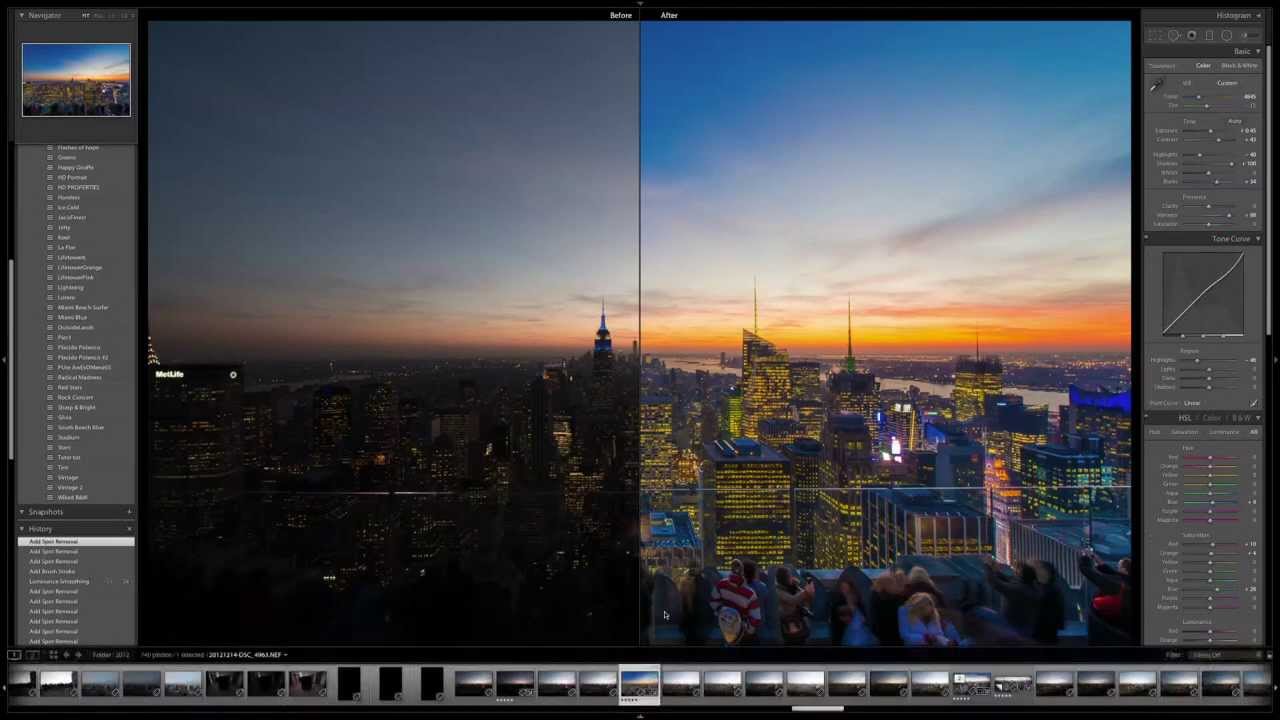
What does RAW stand for?
Really Awesome Work. Not really, no. Despite the fact that camera manufacturers call them ‘raw’ files, it doesn’t stand for anything like JPEG does (Joint Photographic Experts Group – the name of the organization that established the standard).
Like the name implies, raw files consist of the raw image data taken by the camera sensor, coupled with the information about the camera settings and processing parameters established at the time the file was recorded.
So what’s the difference between raw files and JPEGs?
At the instant a picture is taken, there is no difference. JPEGs begin as raw files: it’s just that the camera changes them into JPEGs prior to saving them to the memory card. This means that all the image settings, such as sharpening, colour, contrast, and white balance are infused into the JPEG.
When it comes to raw files, this data is preserved together with the image data rather than being permanently applied to it.
Additionally, raw files maintain themselves much better when edited. JPEGs are 8-bit files, which means that they store less colour data than 12- or 14-bit raw files. You’ll notice that colours start to break up at a quicker rate when you start manipulating a JPEG.
SEE MORE: 8 night photography tips you’ll use forever
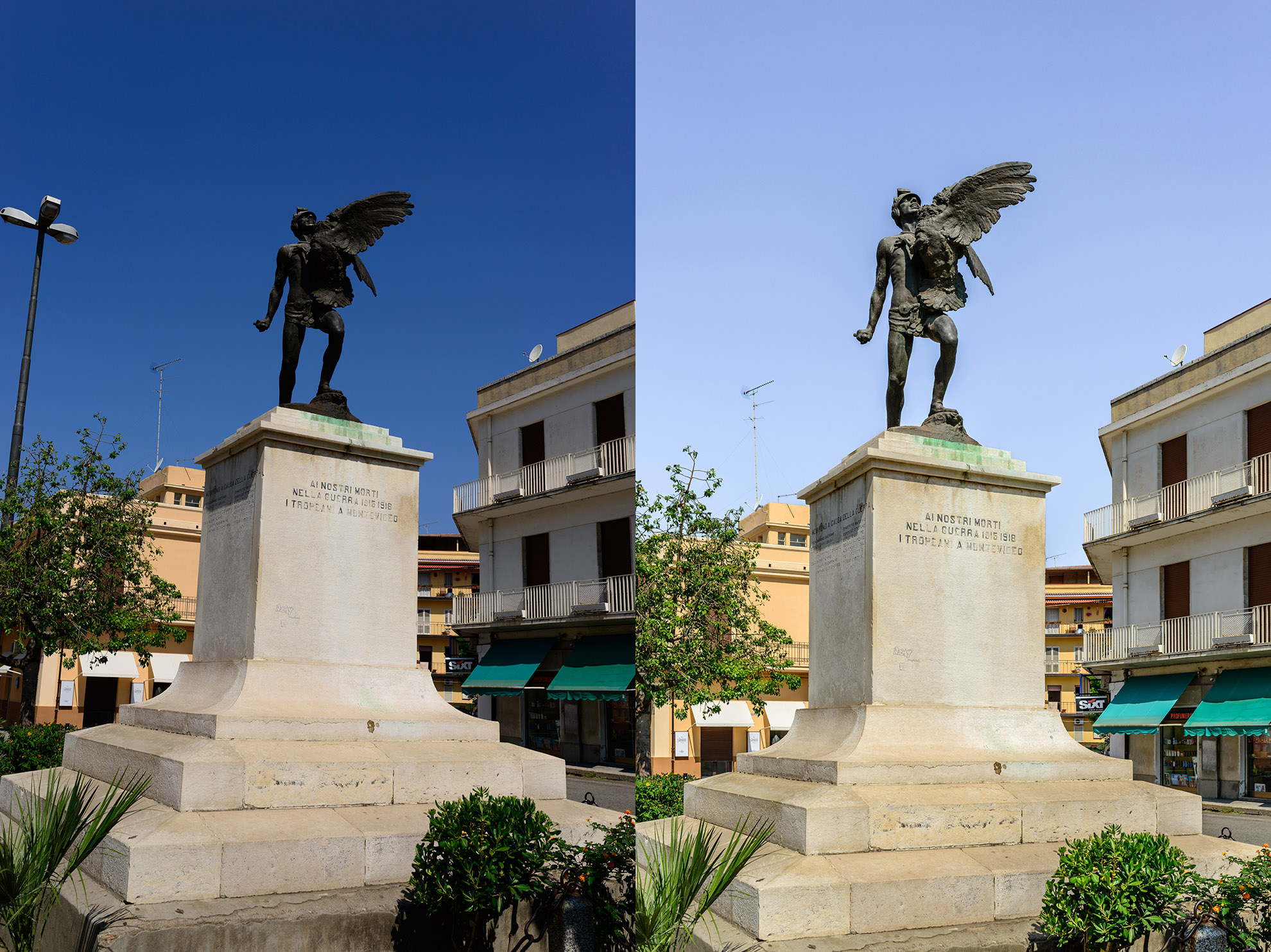
Why do I need to process a raw file?
You must do this to create an image that you can print or share, such as a TIFF or a JPEG. There are two ways that you can convert a raw file: either in-camera, with models that possess this ability, or in raw conversion software.
The latter is the favorable option because it provides a stronger and more flexible set of controls. Camera manufacturers furnish raw software with their SLRs, however third-party software, such as Lightroom, Adobe Camera Raw (part of Photoshop and Photoshop Elements) and Capture One Pro, has the ability to produce striking results.
If I need to process a raw file, how is it that I can see a preview image on the back of the camera?
The preview image is always based on the JPEG version of the photo. The histogram reading is based on this JPEG as well, but the original raw file possesses a wider dynamic range and more exposure latitude.
Basically, this means that the raw file contains more detail in dark and bright areas than the JPEG version, and additionally you can create a useable image from a file that has been under-exposed or over-exposed.
What happens to a processed raw file?
Every change you make while editing a raw file is what’s called ‘non-destructive’, meaning they’re never permanently applied.
Instead of being baked into the raw file, the changes are saved next to it as a group of instructions to which the raw software adheres in order to construct a JPEG or TIFF copy of the final image.
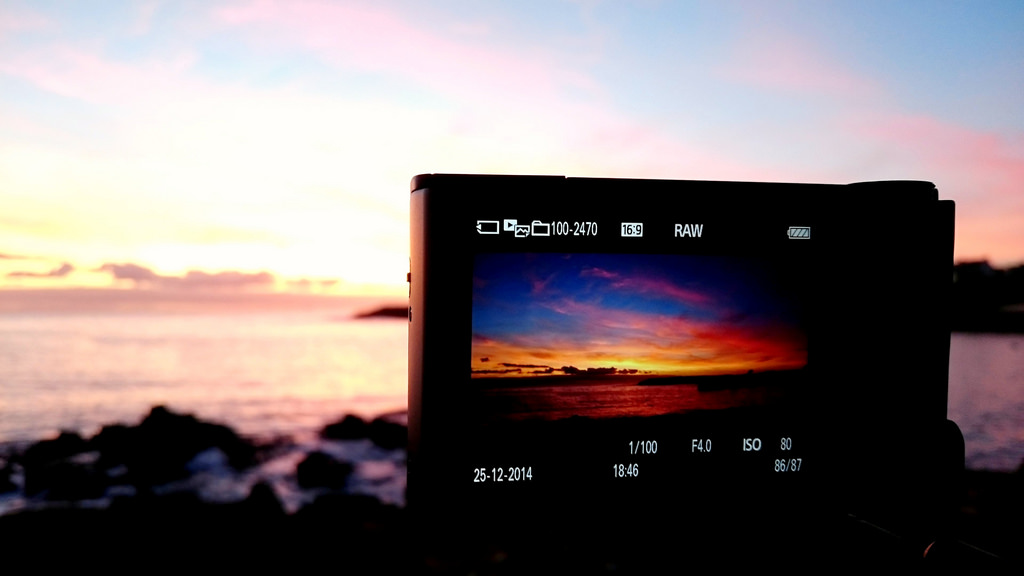
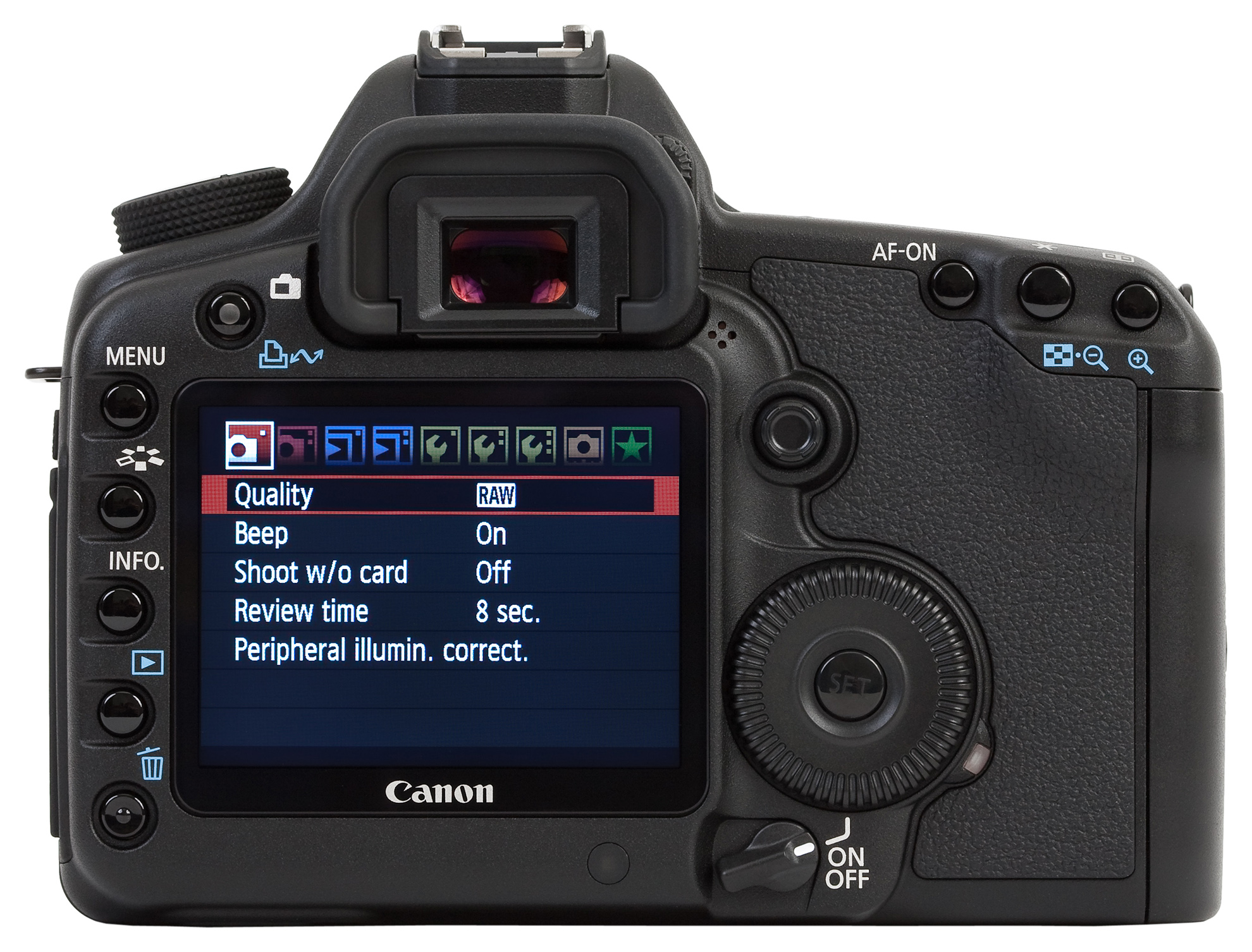
How to get more from your raw files
In addition to delivering the best quality from your camera and providing creative opportunities, raw files can be thought of as a type of safety net, permitting you to change your mind about some of the settings you made when you took a photo. You will get a more accurate preview if you get things right in-camera, though.
Exposure
While you can’t change the aperture, shutter speed and ISO once you’ve taken a shot, you can enhance the overall exposure.
White balance
You can either set the white balance manually by using sliders or clicking on areas of the image, or you can pick a white balance preset on your camera.
Picture styles
The majority of cameras offer Picture Styles, however you can alter the levels of colour, contrast and sharpness in a raw converter.
Noise reduction
Adjust the amount of noise reduction that is applied to high-ISO and long-exposure shots, in addition to underexposed images you’ve brightened.
Aspect ratio
A raw file is always saved at the native aspect ratio of the sensor (usually 3 x 3). If you’re shooting JPEG and you set a different aspect ratio on the camera, you’re stuck with it. Raw, on the other hand, lets you change your mind.
Spot removal
Cleaning your sensor is essential to prevent dust spots on your images. You can dispose of these when you process a raw file, then apply apply this change to all the pictures in a series.
Looking at file sizes…
While a large, high-quality JPEG image has the same number of pixels as a raw file from the same camera, it does have a smaller file size because it is saved using ‘lossy’ compression. Lossy means that some image data is sacrificed in order to create the smaller file size.
Raw files employ lossless compression which means you can’t fit as many of the bigger files onto a memory card as you can with JPEGs. Some cameras come with the option of shooting a raw file and a JPEG at the same time, which slows down the shooting speed even more.
READ MORE
The differences between Lightroom and Photoshop
What is a histogram in photography? Common questions answered
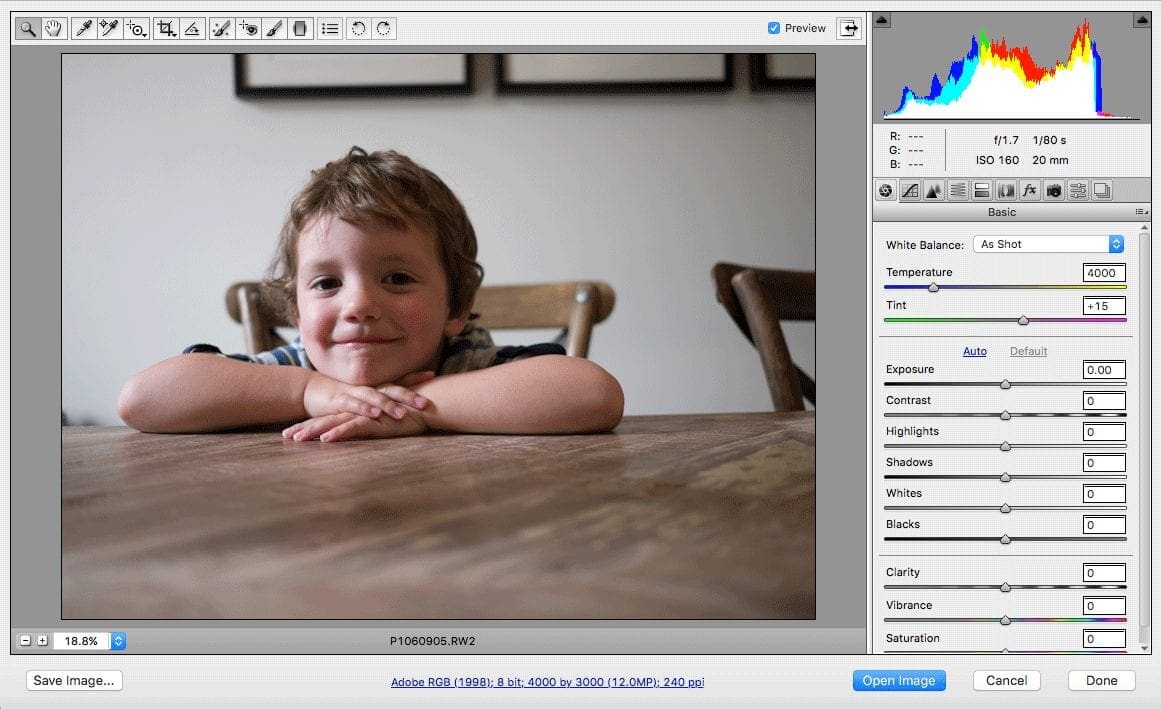
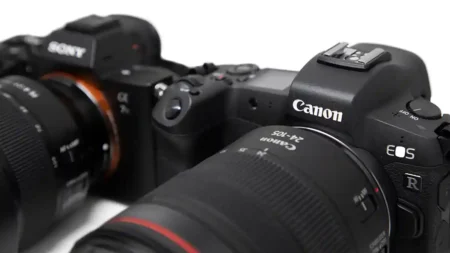

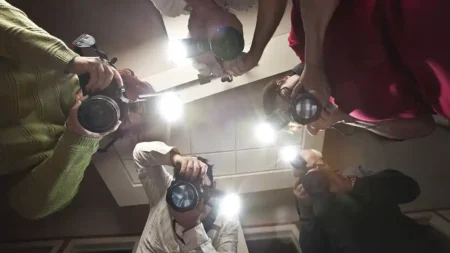
https://www.flickr.com/people/falcon_33/ where are my damn credits ?